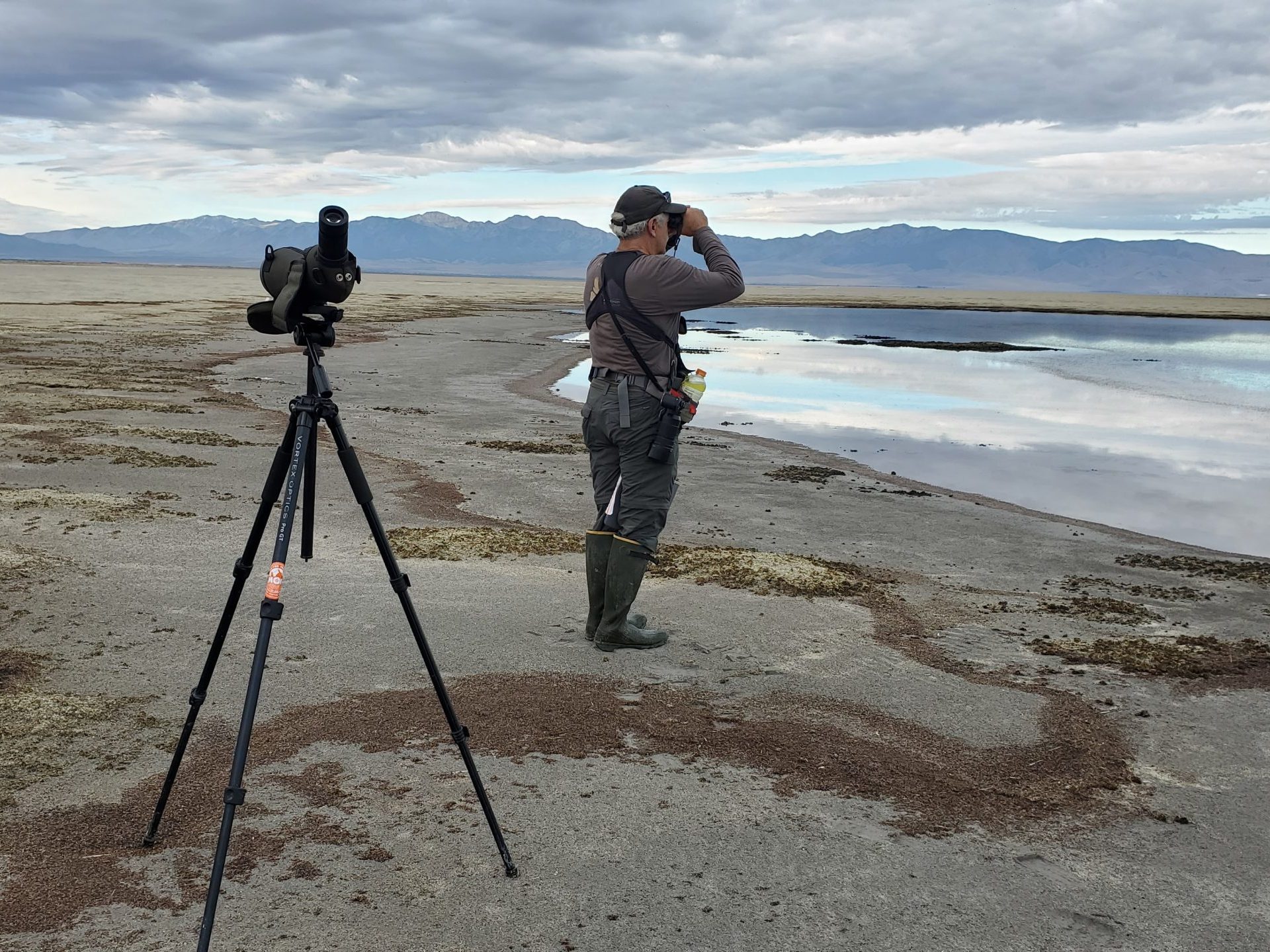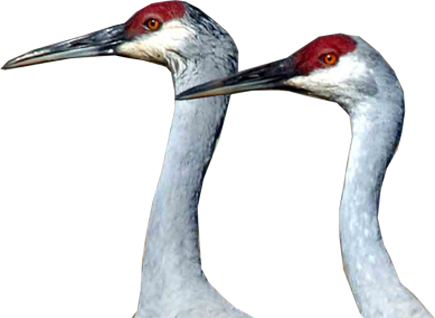Intermountain West Shorebird Surveys Pinpoint Key Stopover Sites

Max’s dad, Mike, draws on a sheet of paper—a single mark for the single bird.It’s August at Great Salt Lake which means persistent bugs, rolling desert heat, and most importantly, migrating shorebirds. Max and his dad have been out since the early morning hours, early enough to catch the sunrise and the setting of a full moon.
This, however, is what they’re here for: the count.
Another hundred or so volunteers spread across the 1700 square miles of Great Salt Lake and its associated wetlands, walking the shoreline while keeping track of every shorebird, not just Snowy Plovers. Along with them, numerous biologists from the Utah Division of Natural Resources and other state and federal agencies traverse the shoreline on ATVs, boats, and even by plane. Beyond Great Salt Lake, shorebird surveys are also happening at Salton Sea in California, Lake Abert in Oregon, the Lahontan Wetlands in Nevada, and more than 200 other sites throughout the Great Basin.
Thirty years prior, a nearly identical scene was playing out.
. . .
The more information we have about the movements of shorebirds and their numbers, the better equipped we are to manage the critical ecosystems they depend on and protect their populations for generations to come. When it comes to shorebirds though, acquiring such a level of robust information is not an easy task.
Many shorebirds will utilize the entire hemisphere every year. In the winter they’re spread across the tremendously vast landscapes of North, Central and South America, and throughout the breeding season, they’re dispersed across the Arctic and other extremely remote locations. It’s nearly impossible to get a comprehensive picture of shorebird populations during these times, leaving birders and biologists one opportunity—migration.

